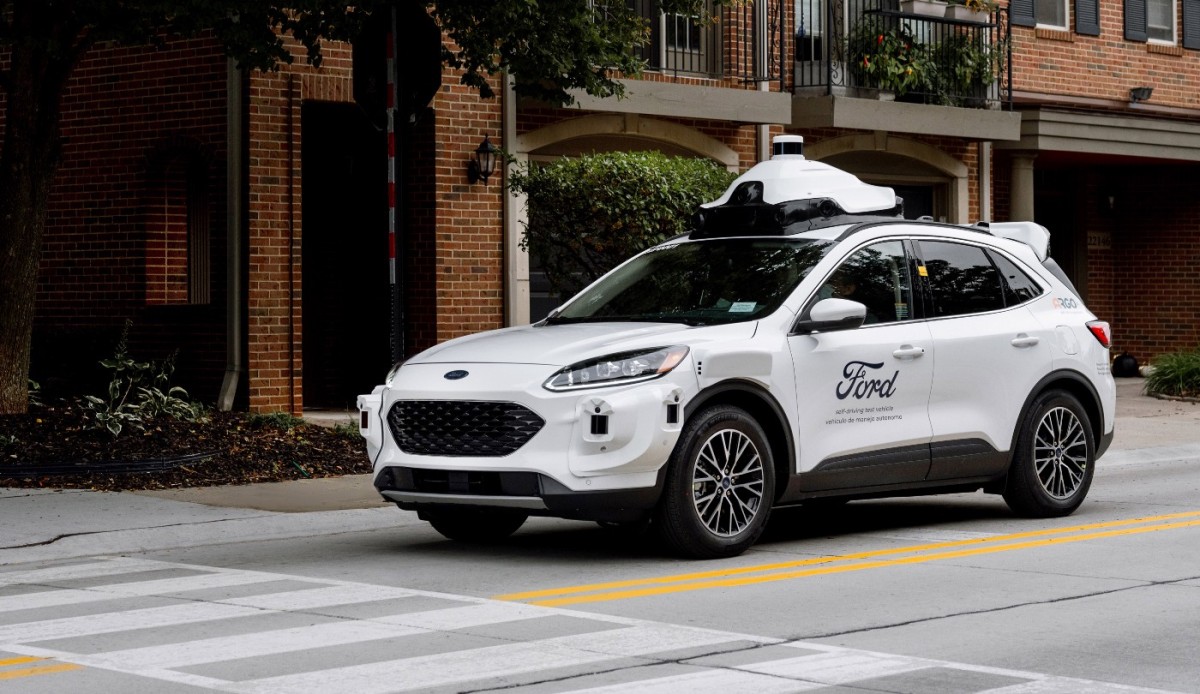Ford, VW-backed Argo AI is shutting down • ZebethMedia
Argo AI, an autonomous vehicle startup that burst on the scene in 2017 stacked with a $1 billion investment, is shutting down — its parts being absorbed into its two main backers: Ford and VW, according to people familiar with the matter. During an all-hands meeting Wednesday, Argo AI employees were told that some people would receive offers from the two automakers, according to multiple sources who asked to not be named. It was unclear how many would be hired into Ford or VW and which companies will get Argo’s technology. Employees were told they would receive a severance package that includes insurance, a transaction bonus and termination pay. Several people told ZebethMedia that it was a generous package and that the founders of the company spoke directly to its more than 2,000 workforce. ZebethMedia will update this story with official comment. Argo was founded in 2016 by Bryan Salesky and Pete Rander. The company came out of stealth in February 2017 when Ford announced it would invest $1 billion over five years into Argo. Since then, the company has raised more than $2.6 billion, primarily from Ford and VW, in a pursuit to develop, test and eventually commercialize its automated driving system. The initial Ford investment came at a particularly hype-y time for the nascent autonomous vehicle industry. Startups, many founded by early pioneers of Google’s self-driving project, were landing eye-popping venture capital deals. A string of acquisitions followed: GM bought Cruise for $1 billion in 2016; Delphi, which is now Aptiv, acquired nuTonomy for $450 million; and Amazon bought Zoox. The promises around commercializing AV technology have proven more difficult than expected. A wave of consolidation washed over the industry with companies folding, being absorbed into other companies, including Apple, and others turning to SPACs in hopes of gaining the capital it needs to continue its mission. Argo seemed to be gaining ground in the past year. The company’s self-driving Ford Fusion vehicles, and now Ford Escape Hybrids, were frequently seen testing on public roads in Austin, Detroit, Miami, Palo Alto and Pittsburgh, where it is headquartered. In the EU, Argo was using the all-electric Volkswagen ID Buzz for its testing programs in Hamburg and Munich. Argo also has several pilot programs underway in Austin, Miami and Pittsburgh with Lyft, Walmart and 412 Food Rescue. And just last month the company revealed an ecosystem of products and services designed to support commercial delivery and robotaxi operations. The products — a list that includes fleet management software, data analytics, high-definition mapping and cloud-based communication tools — stretches far beyond the self-driving system that allows a vehicle to navigate city streets without a human driver behind the wheel. Argo appeared to be telling the world it was open for business. This story is developing …

